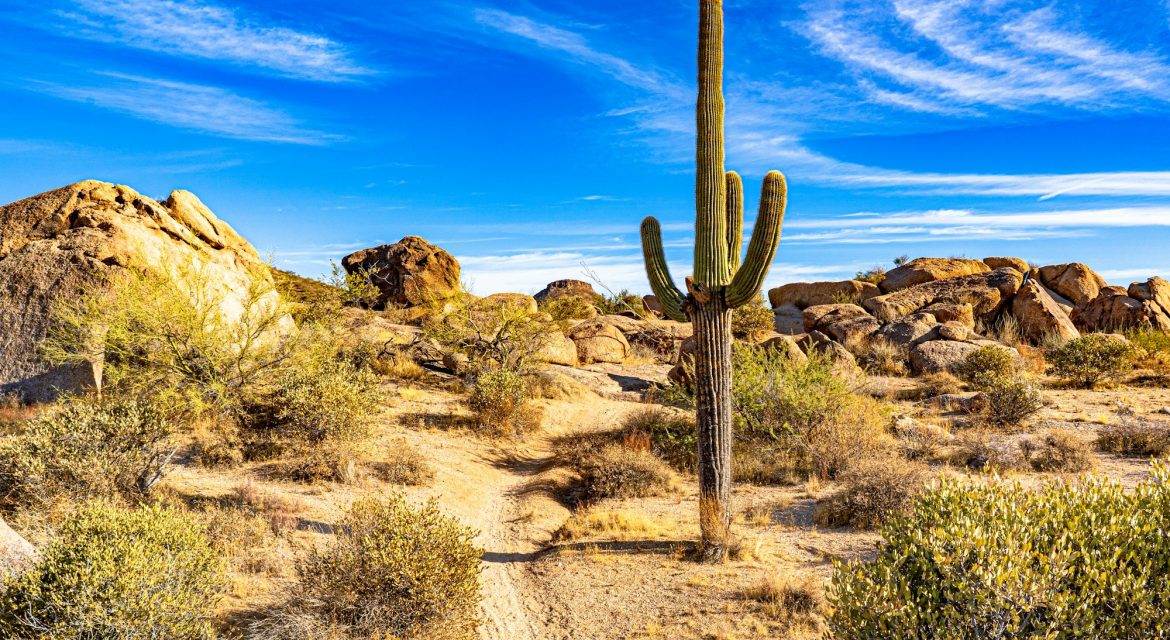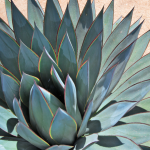The saguaro cactus (Carnegiea gigantea) is a large, tree-like cactus that is native to the Sonoran Desert in Arizona and Mexico.
The saguaro has become an iconic symbol of the desert Southwest and is one of the most recognizable plants in North America. It can grow up to 50 feet tall, and its thick trunk can reach up to 2 feet in diameter. The saguaro has a unique appearance with its distinctive arm-like branches that lend it an almost human-like silhouette.
The saguaro cactus is an important source of food and shelter for many desert animals such as squirrels, woodpeckers, coyotes, javelinas, and owls. Its fruit is edible for humans as well. The saguaro’s thick skin also helps protect it from extreme temperatures and drought conditions.
The saguaro cactus has a long lifespan—it can live up to 200 years! It grows slowly, usually taking 50-75 years to reach maturity. The saguaro is also an important part of the cultural heritage in the Sonoran Desert region and is celebrated in many folk stories and songs.
Because of its slow growth rate, it is illegal to harvest or collect saguaros without a permit. In Arizona, it is even illegal to damage or remove any part of a saguaro cactus without permission. The saguaro is an important part of the desert ecosystem and its protection is essential for preserving this unique desert icon.
The saguaro cactus is truly an amazing plant, and it’s not hard to see why it has become such an iconic symbol of the Southwest. No trip to the desert is complete without seeing a saguaro in all its majestic glory!





